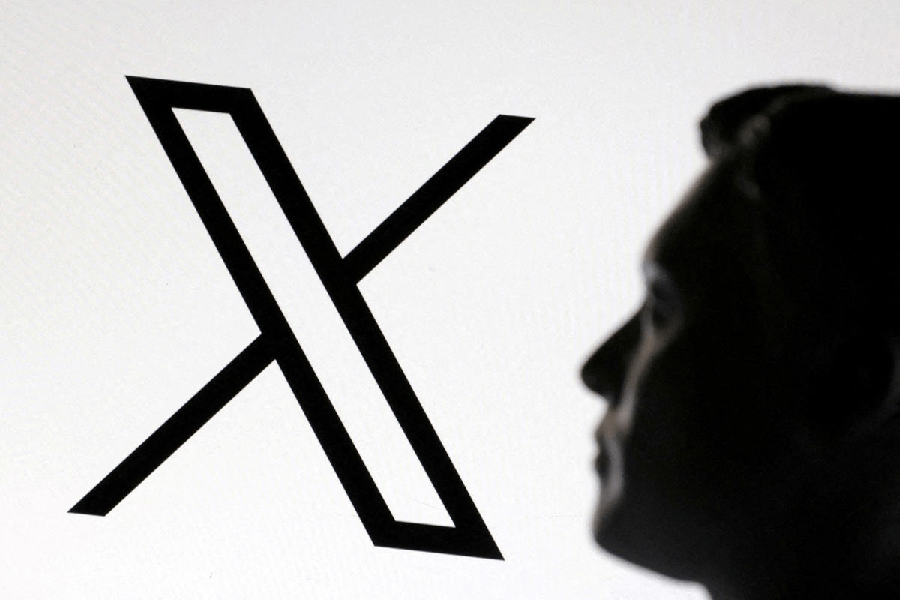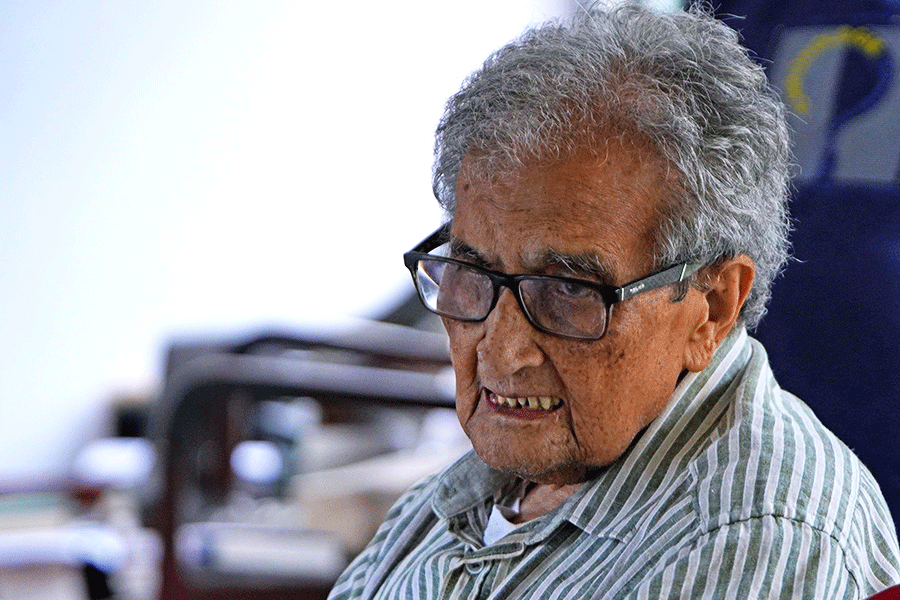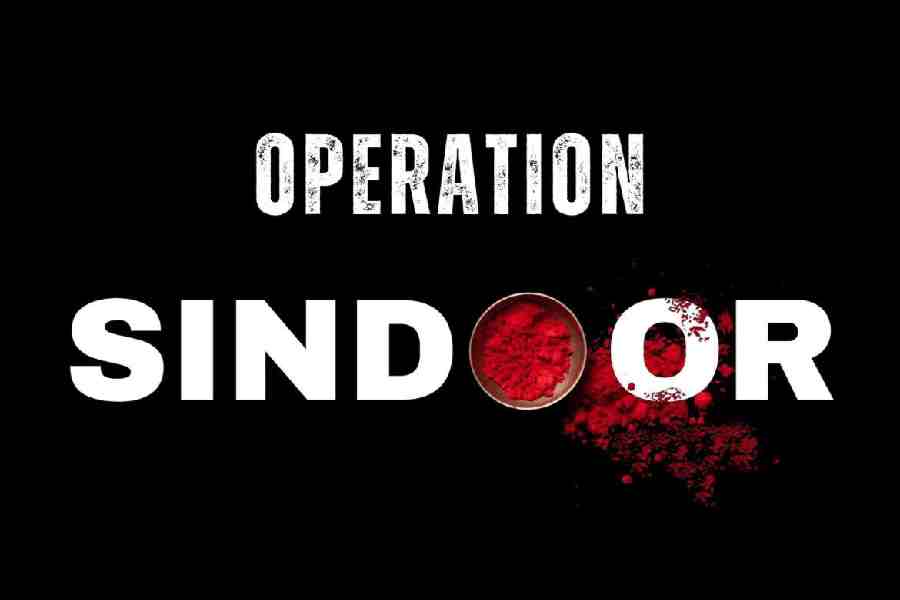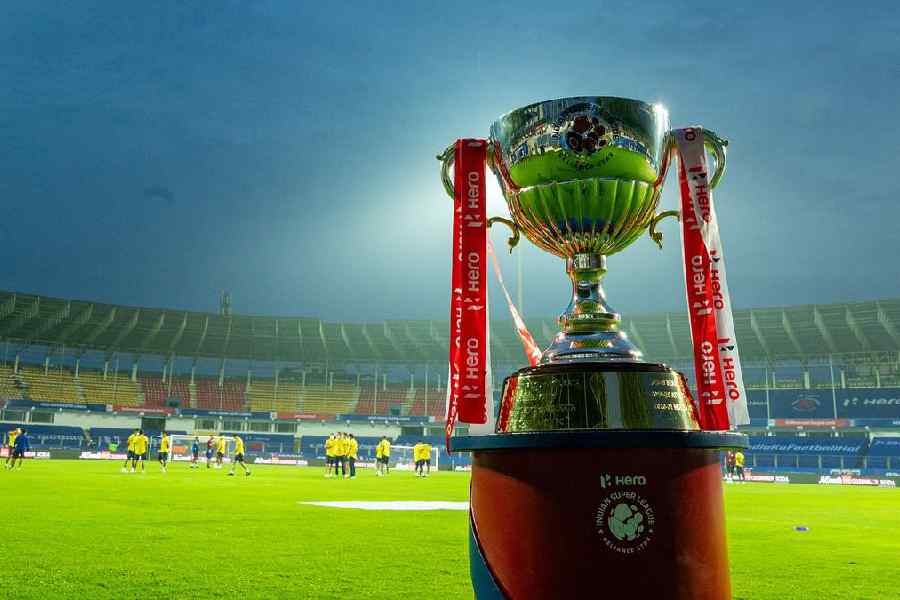|
|
Narendra Nath Dhar, dean and head of the department of instrumental music, Bhatkhande Music Institute, Lucknow, was featured in one his now rare sarod recitals in Calcutta by Sangeet Ashram at the G.D. Birla Sabhagar on July 3. The recital was in the classic style of his principal teacher, Radhika Mohan Maitra (1917-1981), that adheres to been-rabab material along with traditional sarod additions. It also highlights vintage gats rather than self-composed ones (a trend set by Ali Akbar Khan) or those based on songs in the manner of the sitar maestro, Vilayat Khan. The fast ekhara taans and the related chhota khayal format introduced on the sarod by Dhar’s final teacher, Amjad Ali Khan, were also not used on this occasion.
The opening vilambit alap in Mian ki Malhar was in the been mode with all sections in the correct order. Mian ki Malhar, despite its weight and impact, is a raga with a small compass. Therefore, it was fully explored melodically in about 15 minutes of the initial section, and the madh alap (called jod now) went in straightaway for classic rabab movements like gamak jod, bol jod and the ladant section that the Gwalior Sarod Gharana traditionally preferred to jhala in the alap segment. Playing all these sections with skill and artistry, Dhar ended the alap with the practically obsolete been final section known as dhua-mathha.
The Masitkhani gat played in place of the current vilambit teental gat itself was a showpiece ranging from the upper bass 5th to the high octave 5th with the classic asthayi, manjha, antara and sanchari divisions. Dhar developed it in a masterly manner with bol prastar and taan-toda. There was equally good taan-toda and excellent jhala work in the Rezakhani gatkari, the forebear of the drut teental gatkari we hear today.
The second raga, appropriately, was Desh, and after an aochar, Dhar played a Rezakhani gat composed by Sajjad Mohammed, the son of the first surbahar player, Ghulam Mohammed. This had a touch of the komal gandhar in the classic dhrupad style and was developed excellently. Equally well-developed was another vintage Rezakhani gat by the early 20th century Lucknow sitar maestro, Yusuf Ali Khan. Dhar also played a dohari gat (in which major phrases appear twice) that seemed to have been based on a gat in Bahar composed by Radhika Mohan Maitra.
The third raga was Jaijaiwanti with minimal use of the komal gandhar in the dhrupad style. Dhar played two slower tempo Rezakhanis in this raga including a vintage composition of Ustad Basat Khan of the Rababi Gharana. The recital ended with aochar and madhya drut teental gatkari in Mishra Bhairavi.
Arup Chatterjee provided good tabla accompaniment.











